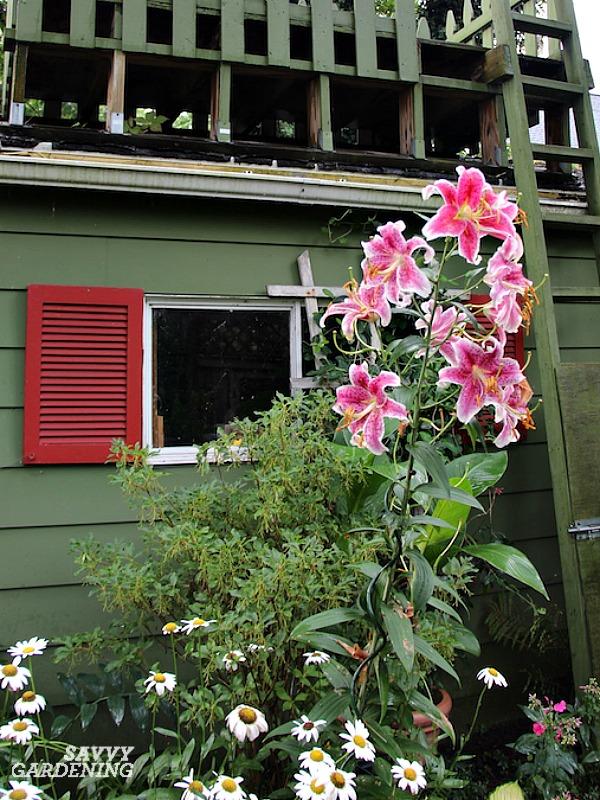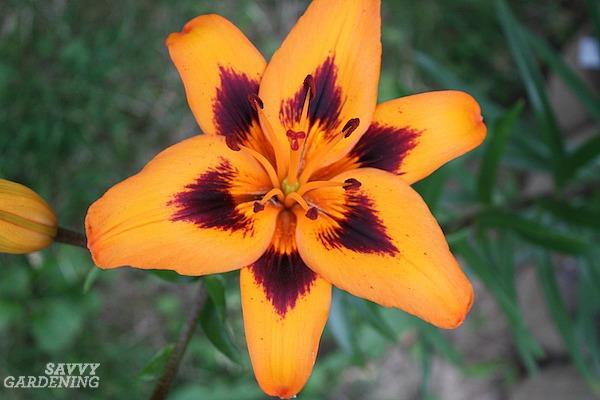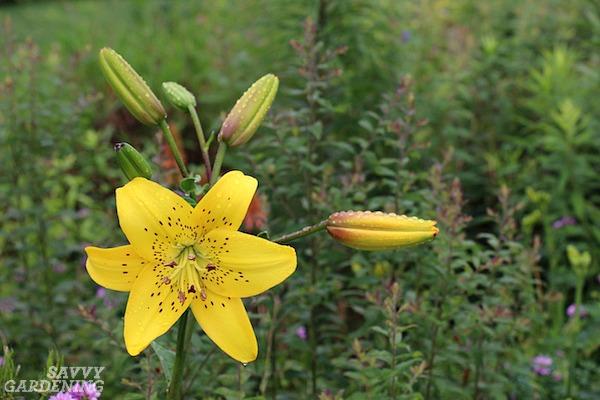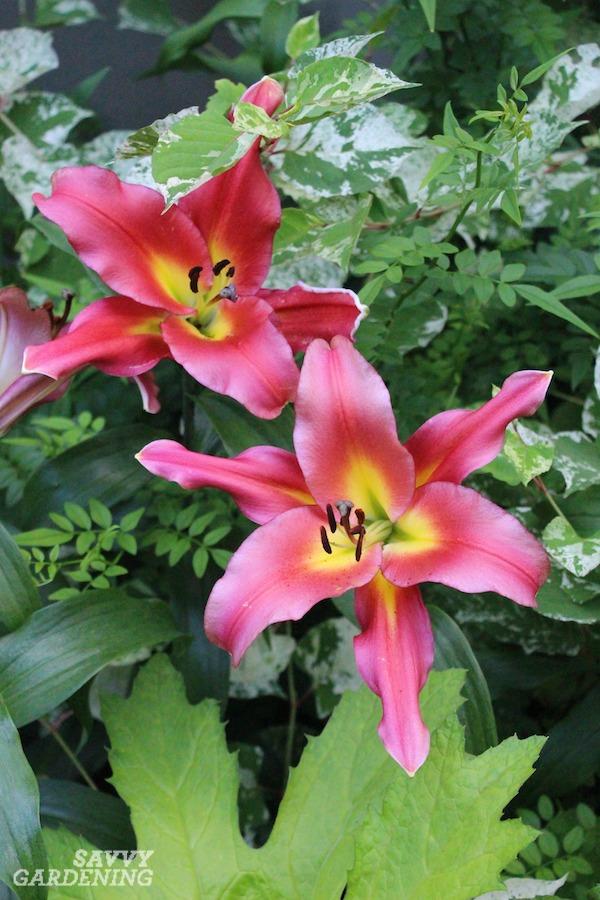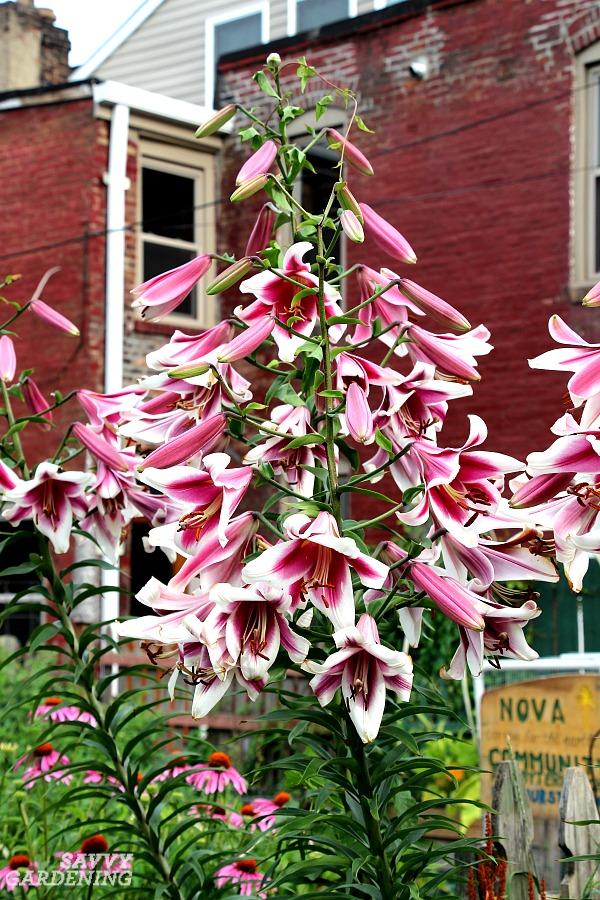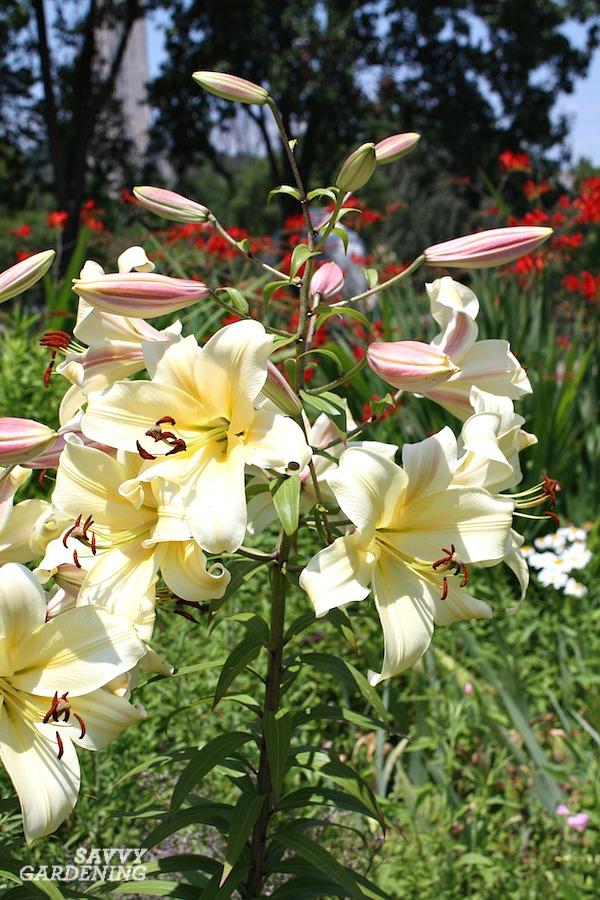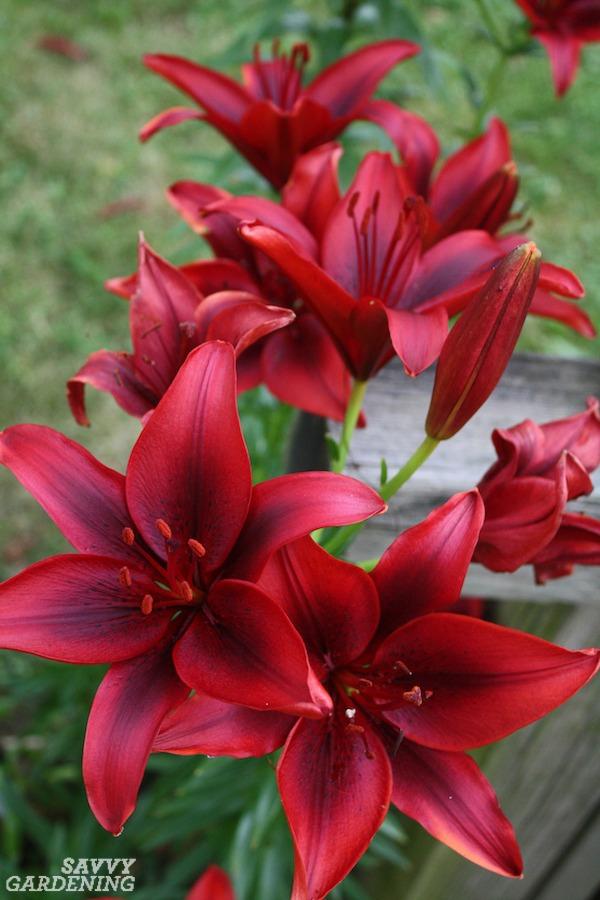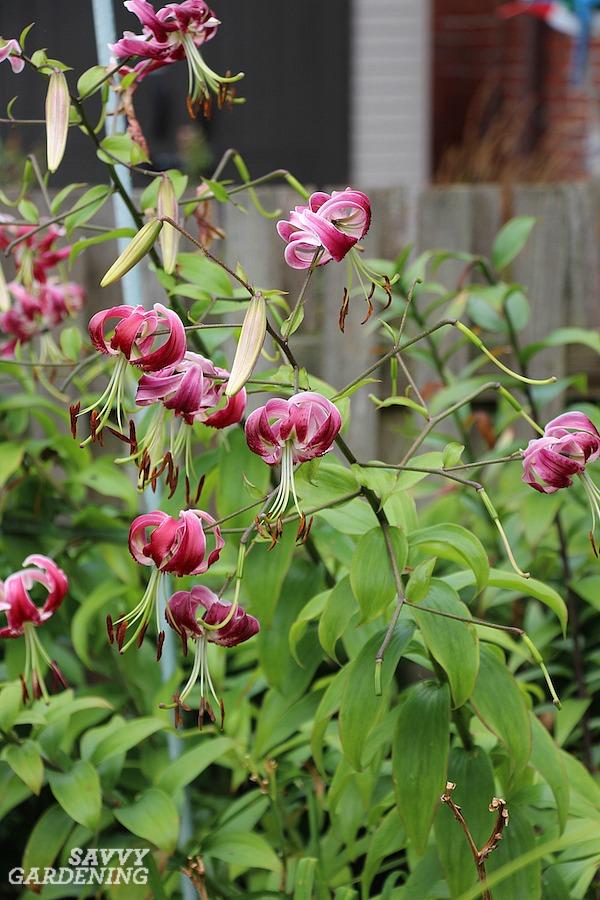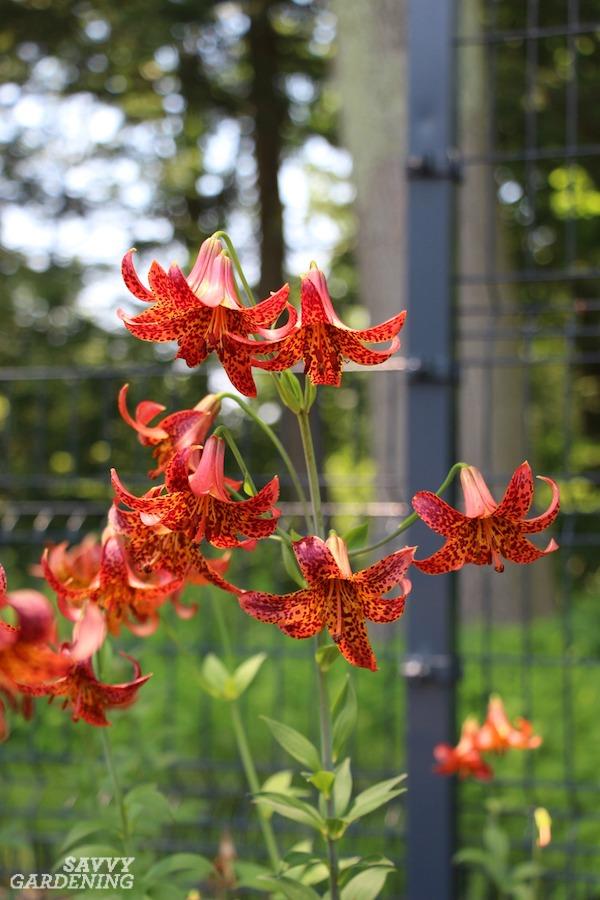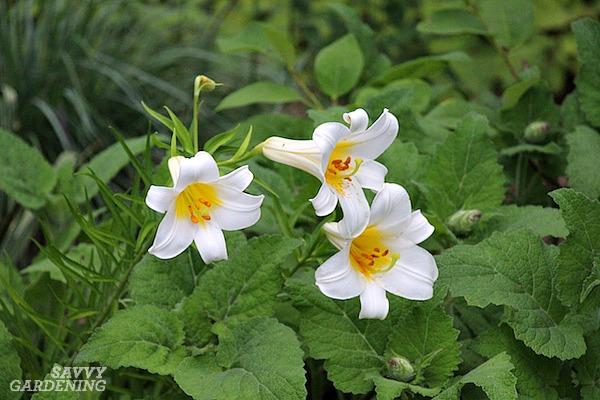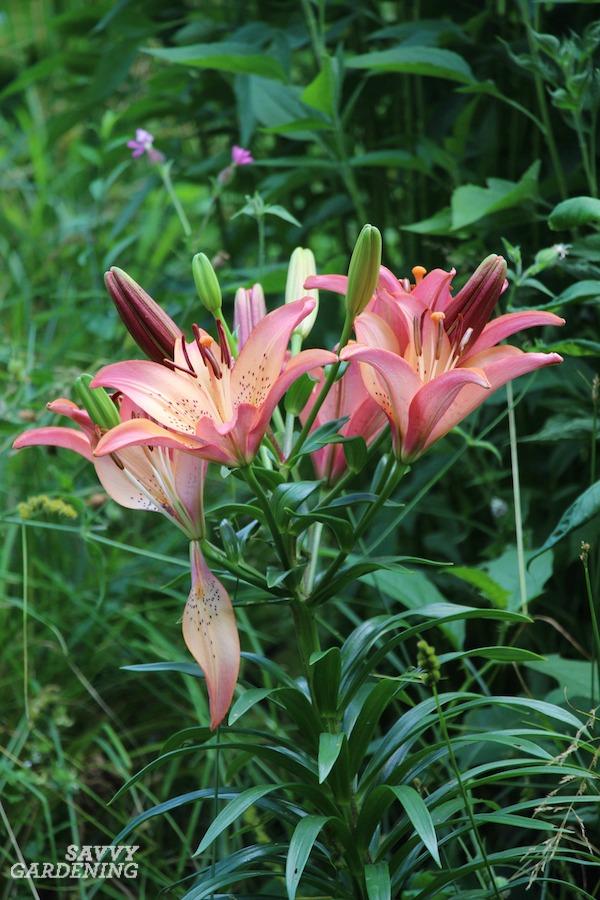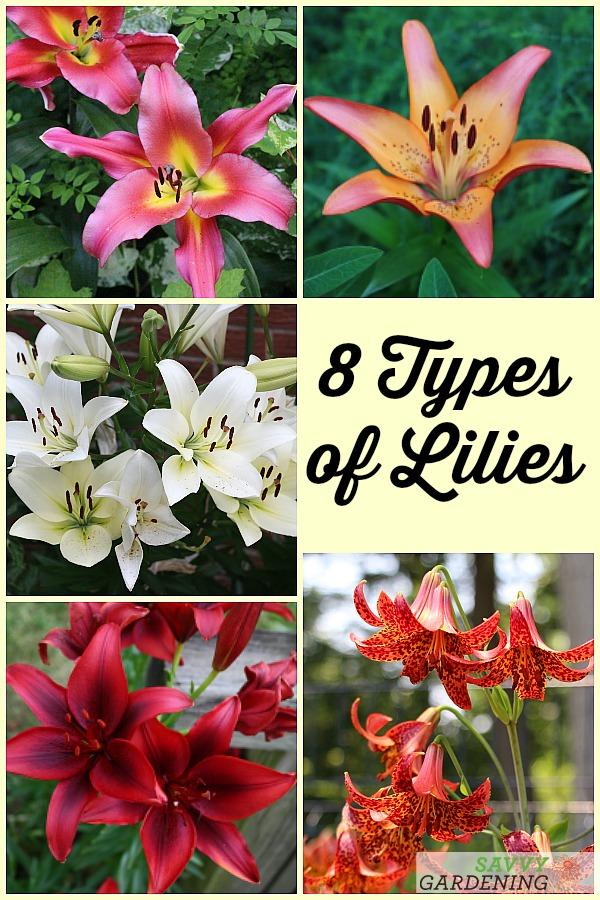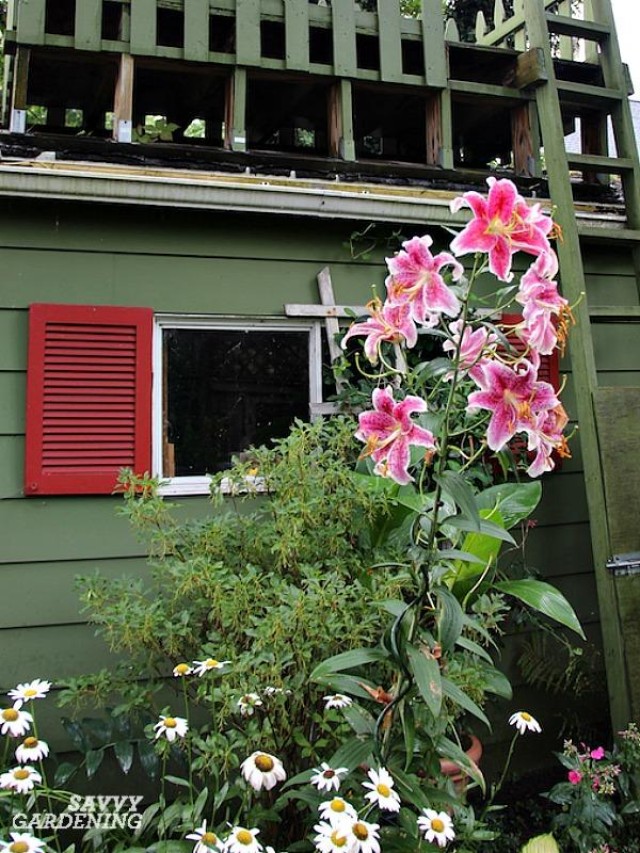Lilies are a timeless addition to any summer garden. With their vibrant colors and elegant blooms, they can enhance any garden style, from classic to contemporary. While some may consider lilies old-fashioned, there are actually numerous modern hybrid varieties that bring color, fragrance, and style to today’s landscapes. In this article, I’ll introduce you to eight of my favorite types of lilies and explain why they deserve a prominent place in your garden.
Why Are There So Many Different Types of Lilies?
Before diving into the types of lilies, it’s important to understand how they are classified. Botanists categorize lilies into nine divisions based on their genetics and hybridization history. This classification helps horticulturists and gardeners identify the characteristics of each variety, including their appearance, bloom time, and ideal growing conditions.
Each division contains numerous subdivisions, resulting in a wide array of choices within each type of lily. Although the botanists’ system can be complex, I have simplified it slightly to make it easier for gardeners to follow along.
8 Types of Lilies for Your Summer Garden
Now, let’s delve into the eight types of lilies that I consider to be exceptional for your garden:
1. Asiatic Lilies
Asiatic lilies are hybrids bred from different species of lilies. They typically have three to six flowers per stem, with spotted petals. While they lack fragrance, they come in various colors, including orange, red, yellow, and creamy white. Asiatic lilies are a favorite of deer and rabbits, but their strong stems seldom require staking. They also make beautiful cut flowers.
2. Oriental Lilies
Oriental lilies are renowned for their fragrance, which intensifies in the evening. They have broad leaves and their flowers are resistant to deer and rabbits. Oriental lilies produce large, plate-sized blooms, often with spotted or recurving petals. They come in various shades of pink, red, and white. These lilies are late bloomers and can reach heights of two to five feet.
3. Trumpet Lilies
Trumpet lilies, also known as Aurelian lilies, are simply incredible. They bear prolific, trumpet-shaped flowers that are highly fragrant and long-lasting. Trumpet lilies come in shades of white, yellow, orange, cream, and pink, often with a contrasting star-shaped throat. Some varieties produce a dozen or more buds per stem. One remarkable variety is the orange ‘African Queen,’ which grows up to eight feet tall and exudes an incredible fragrance.
4. Orienpet Lilies
Orienpet lilies are a cross between Oriental hybrids and trumpet lilies. Their blooms start as shallow trumpets and open into broad flowers. These lilies can reach six to ten inches in diameter and come in shades of pink, yellow, red, orange, and white. Orienpet lilies have a strong fragrance and make excellent cut flowers. Their plants grow two to three feet tall and offer stunning selections.
5. LA Hybrid Lilies
LA hybrids are a genetic combination of Asiatic lilies and “Easter-type” lilies. These lilies are bolder and more colorful than their Asiatic counterparts, with a wider range of intense colors. While they lack fragrance, LA hybrid lilies are excellent cut flowers, blooming for weeks. Each bloom measures about seven inches across, and the plants can grow up to four feet tall.
6. Turk’s Cap Lilies
Turk’s cap lilies, also known as martagon lilies, have unmistakable recurved petals resembling tiny butterflies. These adorable lilies produce a dozen or more blooms on each stem and come in shades of orange, yellow, red, and pink. Some varieties can grow up to six feet tall. Most Turk’s Cap lilies are fragrant, with some featuring spotted petals. They are a delightful addition to any garden.
7. Canada Lilies
Canada lilies are native to North America and display orange or yellow petals that slightly recurve. Growing between two and four feet tall, these lilies produce whorls of leaves along the stems and five to twenty nodding blooms on each stalk. They are more shade-tolerant than most lilies, making them ideal for woodland gardens and moist meadows. However, they are also a favorite of deer and rabbits.
8. Longiflorum Lilies
Also known as Easter lilies, Longiflorum lilies are often associated with the holiday season. These lilies produce white, trumpet-shaped flowers that face outward. They typically reach heights of one to three feet. While Easter lilies are forced to bloom out of season for the holiday, they are surprisingly hardy and can survive extremely low temperatures. After enjoying their blooms indoors, you can plant the bulbs in your garden and enjoy their flowers for many seasons.
Buying and Growing Lilies
When purchasing lily bulbs, ensure that they belong to the Lilium genus and grow from true bulbs. Local garden centers and online bulb specialty catalogs offer a wide range of choices. Lily bulbs should be planted in well-draining soil, three inches deep. They require at least six to eight hours of full sun.
Once your lilies start to grow, they require minimal care. Staking may be necessary if the plants flop. After the blooms fade, remove the top third of the plant to redirect energy to next year’s blooms. Allow the leaves to naturally die back in autumn before cutting them down. Adding bulb-specific fertilizer can help the bulbs grow larger for the following year’s blooms.
Lilies are winter-hardy down to -30 degrees F, with some types even more cold-resistant. However, they require a period of cold dormancy, making them unsuitable for extreme southern regions. If you live in a warmer climate but still want to grow lilies, you can mimic winter dormancy by refrigerating the bulbs for 6 to 8 weeks. Afterward, plant them in containers in semi-shady spots and hope for the best.
I hope you found these eight types of lilies and their cultivation tips inspiring. They truly bring beauty to every garden. Happy gardening!
To learn more about growing gorgeous summer blooms, check out the following articles:
- Perennials with long bloom times
- Purple perennials
- Deer-resistant bulbs for spring bloom
- Evergreen groundcover choices
- Flowering perennials that love the shade
- Ultimate list of plants for cottage gardens
Do you have a favorite variety of lily? Tell us about it in the comment section below.

